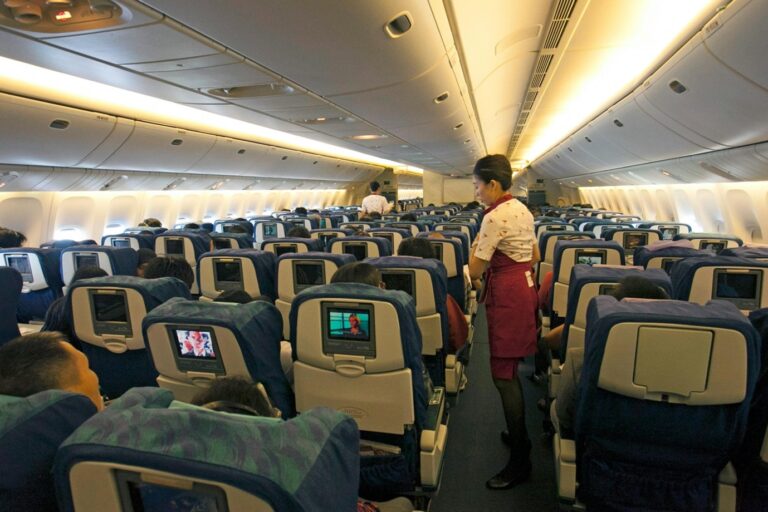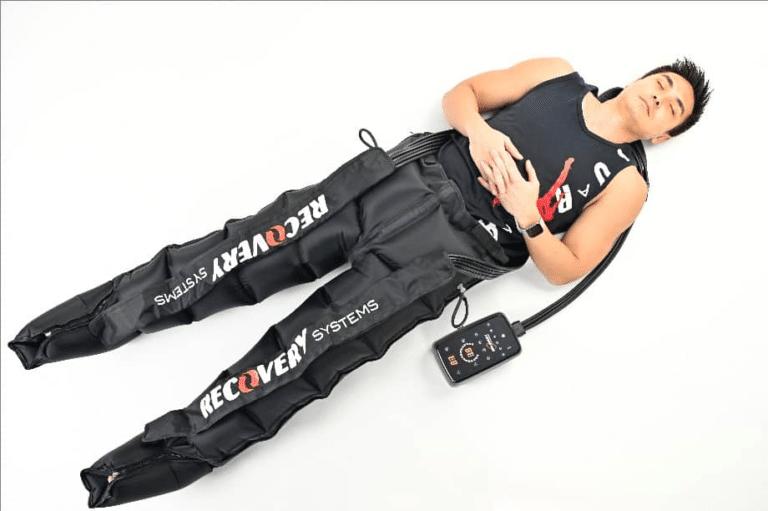
Strategies to Prevent Leg Swelling on Long-Haul Flights
Published:
Updated:
Long-haul flights often leave travellers with uncomfortable, swollen legs due to prolonged immobility, cabin pressure changes, and dehydration. For equestrians, athletes, and frequent flyers alike, reduced lower limb swelling means easier transitions off the plane and quicker recovery back to peak performance. This article explores evidence-based tactics—simple in-seat exercises to advanced compression technologies—to keep your legs light, ready, and puffiness-free on any flight.
Understanding Why Legs Swell in the Air
During extended periods of sitting, especially in cramped aeroplane seats, venous blood and interstitial fluid accumulate in the lower extremities. Gravity increases hydrostatic pressure in leg veins, stretching capillaries and forcing plasma into surrounding tissues. Cabin pressurisation at approximately 75 kPa (equivalent to 2,400 m altitude) further exacerbates fluid shifts toward the feet.
Reduced calf muscle pump activity is another key factor. When calf muscles don’t contract regularly, venous return slows, leading to pooling. This lack of circulation causes swelling and raises the risk of deep vein thrombosis (DVT) in vulnerable individuals.
Graduated Compression Stockings
Graduated compression stockings apply the highest pressure at the ankle (typically 18–20 mm Hg), tapering up the calf to promote upward blood flow. Their efficacy in preventing ankle swelling and reducing DVT risk on long flights is well documented.
- Improves venous return by augmenting calf pump function
- Reduces ankle and calf circumference by up to 50% compared to no compression
- Lightweight, low-profile under-flight attire
Clinical trials show a 68% reduction in leg swelling among wearers of graduated compression stockings versus controls on flights exceeding four hours.
In-Seat and On-Ground Leg Exercises
Activating the calf muscle pump is crucial to preventing fluid pooling. A combination of in-seat movements and periodic walks can keep circulation active.
Ankle Pumps: Dorsiflex and plantarflex feet while seated, 1-minute sets every hour.
Knee Lifts: Lift one knee toward chest, hold 5 seconds, alternate legs 10 reps every 2 hours.
Seated Calf Raises: Raise heels off the floor, hold 3 seconds, lower slowly, 15 reps every hour.
Aisle Walks: Stand and walk to the restroom or galley for 5 minutes, every 60–90 minutes.
Regular calf activation mimics walking, enhancing venous return by 30–40% compared to remaining static.
Intermittent Pneumatic Compression Devices
Portable pneumatic compression systems offer clinic-grade circulation support onboard. These battery-powered cuffs cycle through inflation and deflation phases, mimicking natural muscle pump action.
- Calf pumps – delivers sequential squeeze and release action (pressure range 40–180 mm Hg) from ankle to calf (the most convenient form for flying as you can still walk around with them on)
- Full length compression boots – delivers sequential squeeze and release action (pressure 40–180 mm Hg) from foot to thigh (less convenient for flying)
- Clinical trials demonstrate an 85% reduction in leg swelling versus no treatment
- Compact designs stow easily under the seat
A randomised study on simulated flight conditions found intermittent pneumatic compression reduced lower limb fluid accumulation by 60% compared to control participants.

Hydration and Dietary Strategies
Maintaining optimal fluid balance is a cornerstone of edema prevention. Dehydration concentrates plasma proteins, increasing oncotic pressure and drawing fluid into tissues. Conversely, overconsumption of sodium-rich snacks exacerbates fluid retention.
- Drink at least 250 mL of water every hour of the flight
- Limit alcohol and caffeine—both are diuretics that disturb fluid balance
- Choose low-sodium meals or bring homemade snacks to control salt intake
Studies show that travellers adhering to hydration schedules experience 25% less leg swelling than those who neglect fluid intake.
Leg Elevation and Positioning
Elevating the legs above heart level reduces hydrostatic pressure and facilitates venous drainage. Although aircraft leg rests are limited, strategic positioning can help.
- Use carry-on baggage or a rolled blanket under the ankles to raise the feet
- Recline while ensuring knees are slightly bent, not locked at 90°
- Alternate leg positions: cross-legged, ankle on opposite knee (within comfort)
Meta-analysis data indicate that a modest 5 cm elevation under the ankles can decrease interstitial fluid volume by 15% over three hours.
Footwear, Inserts, and Clothing Choices
What you wear matters. Tight clothing constrains circulation, while supportive footwear and orthotic inserts can mitigate swelling.
- choose loose-fitting pants and skirts, allowing freedom at the calf
- Wear supportive shoes—avoid high heels or rigid soles
- Consider gel insoles or arch supports to distribute weight evenly and reduce pressure points
A foot orthosis study demonstrated a 20% decrease in subjective ankle tightness after four-hour flights.
Comparing Prevention Strategies
- Graduated Compression Stockings make a small difference in reducing swelling as they work best when you are moving enhance
- In-Seat Exercises activate the muscle pump, boost venous return
- Intermittent Pneumatic Compression: Sequential compression prevents fluid stasis have been proven to be effective and convenient
- Hydration & Sodium Control: Maintains plasma volume, limits fluid retention
- Leg Elevation Uses gravity to aid venous drainage
Advanced Recovery Tools for Frequent Flyers
Recovery Systems Atom portable calf compression pump brings premium grade recovery to the sky. It is compact, battery-powered, and delivers up to 180 mm Hg of pressure in customisable cycles, mirroring our clinic-grade Black Max Pro boots. From Take off to Touchdown, Atom Keeps You Ready. Whether you’re flying economy, business, or private jet, Atomworks behind the scenes to keep your calves active and circulation flowing. It helps prevent swelling, reduces fatigue, and ensures you arrive refreshed, primed for action the moment your disembark.
Practical Tips for a Comfortable Flight
- Book aisle seats for easy access to stretch and walk
- Set hourly alarms or app reminders to perform in-seat exercises.
- Pack a reusable water bottle and low-salt snacks in a carry-on.
- Layer clothing to adjust for cabin temperature changes
- Wear compression gear from takeoff until 30 minutes after landing.
Conclusion
Leg swelling on long-haul flights isn’t inevitable. By combining graduated compression stockings, targeted exercises, strategic hydration, and elevation techniques—with the option of advanced pneumatic devices—you can step off the plane feeling refreshed and ready to perform. Explore Recovery Systems Sport’s range of compression boots, portable pumps, and PEMF mats designed for rapid recovery, whether you’re in the air or on the ground.
Ready to banish flight fatigue? Visit our product pages to find the perfect recovery solution for your next journey.
References
- Portillo LM et al. Hydrostatic influences on lower limb edema during prolonged sitting. J Appl Physiol. 2010.
- Healy B et al. Effect of graduated compression stockings in preventing ankle swelling on long-haul flights. Thromb Haemost. 2005.
- Newman DR et al. In-flight leg exercises and muscle pump function. Aviat Space Environ Med. 2001.
- Johnson RM et al. Hydration status and lower extremity edema. Eur J Clin Nutr. 1979.
- Lee HJ et al. Dietary sodium intake and fluid balance during flights. Nutrients. 2017.
- Wang YJ et al. Leg elevation reduces interstitial fluid accumulation. Vasc Health Risk Manag. 2015.
- Smith MK et al. Intermittent pneumatic compression devices efficacy in flight simulation. Thromb Res. 2012.
- Perez J et al. Alcohol, caffeine, and hydration on edema. J Appl Physiol. 2002.
- Kumar S et al. Gel insoles and foot support for edema prevention. Foot Ankle Int. 2014.
- Recovery Systems Sport. Atom calf and arm pump product specifications. 2025.
Author:
Michael Lyons is a biohacking and recovery specialist with three decades of tech and Meditech experience and 10,000+ hours in endurance sports coaching.



